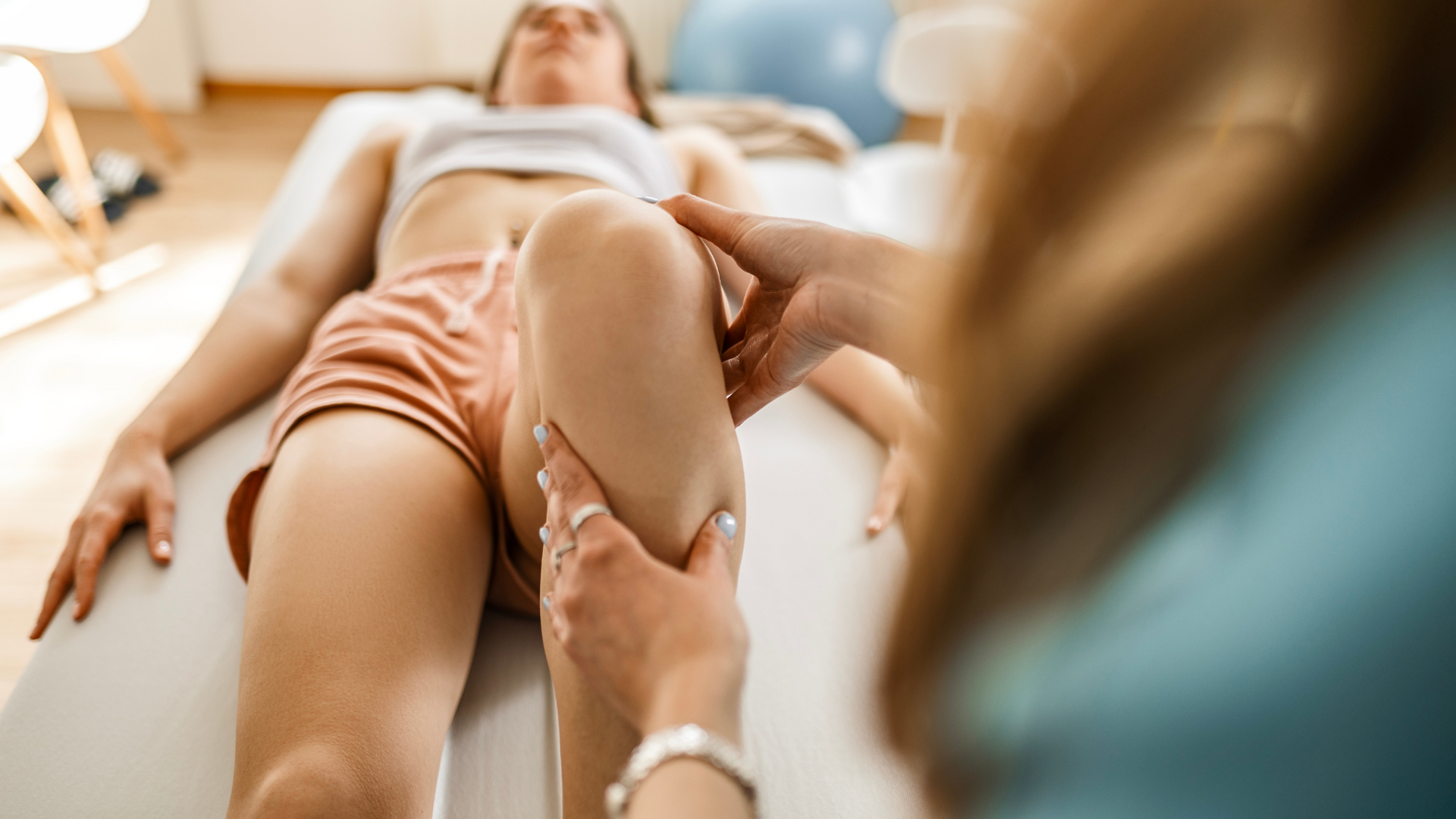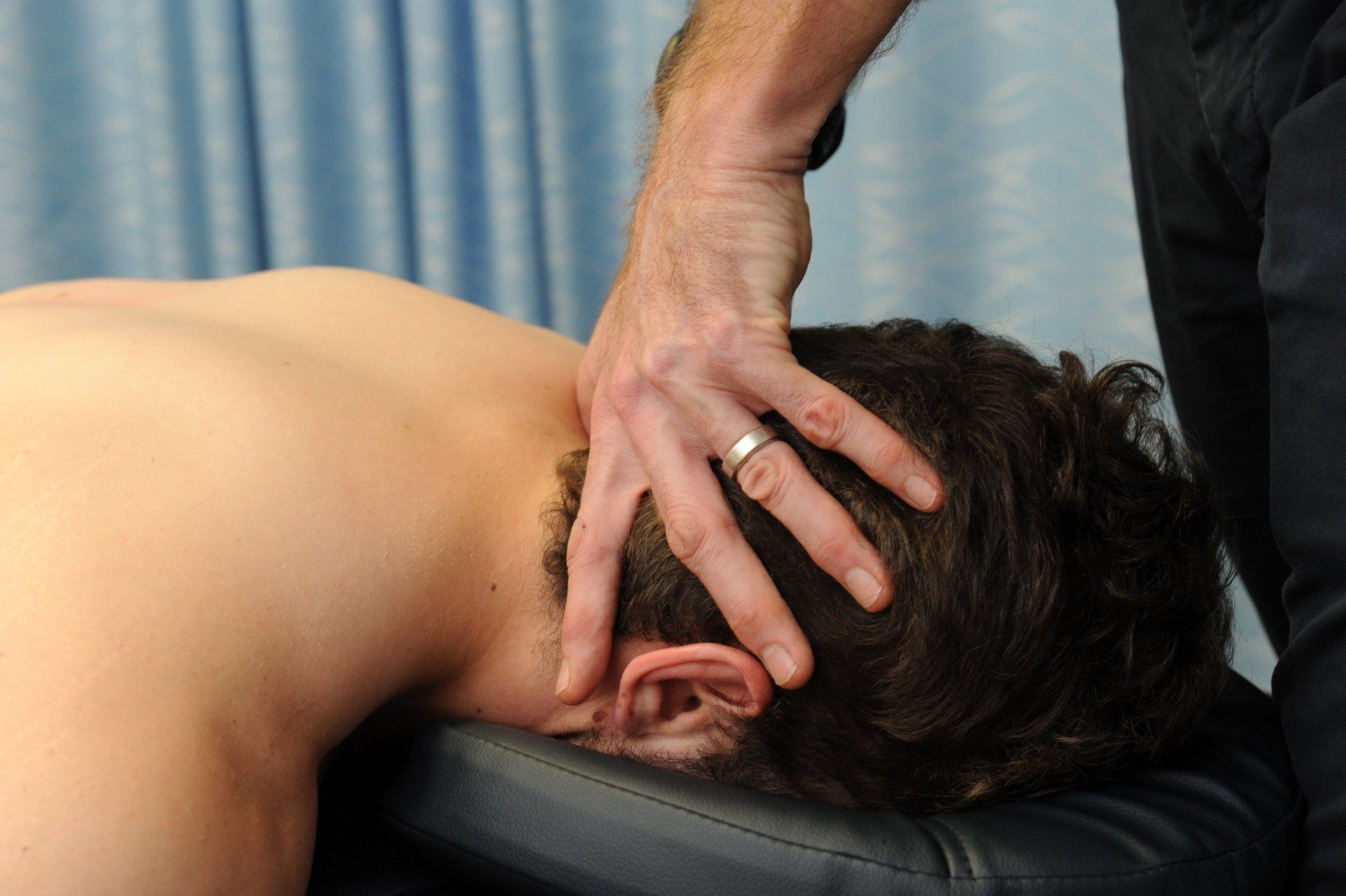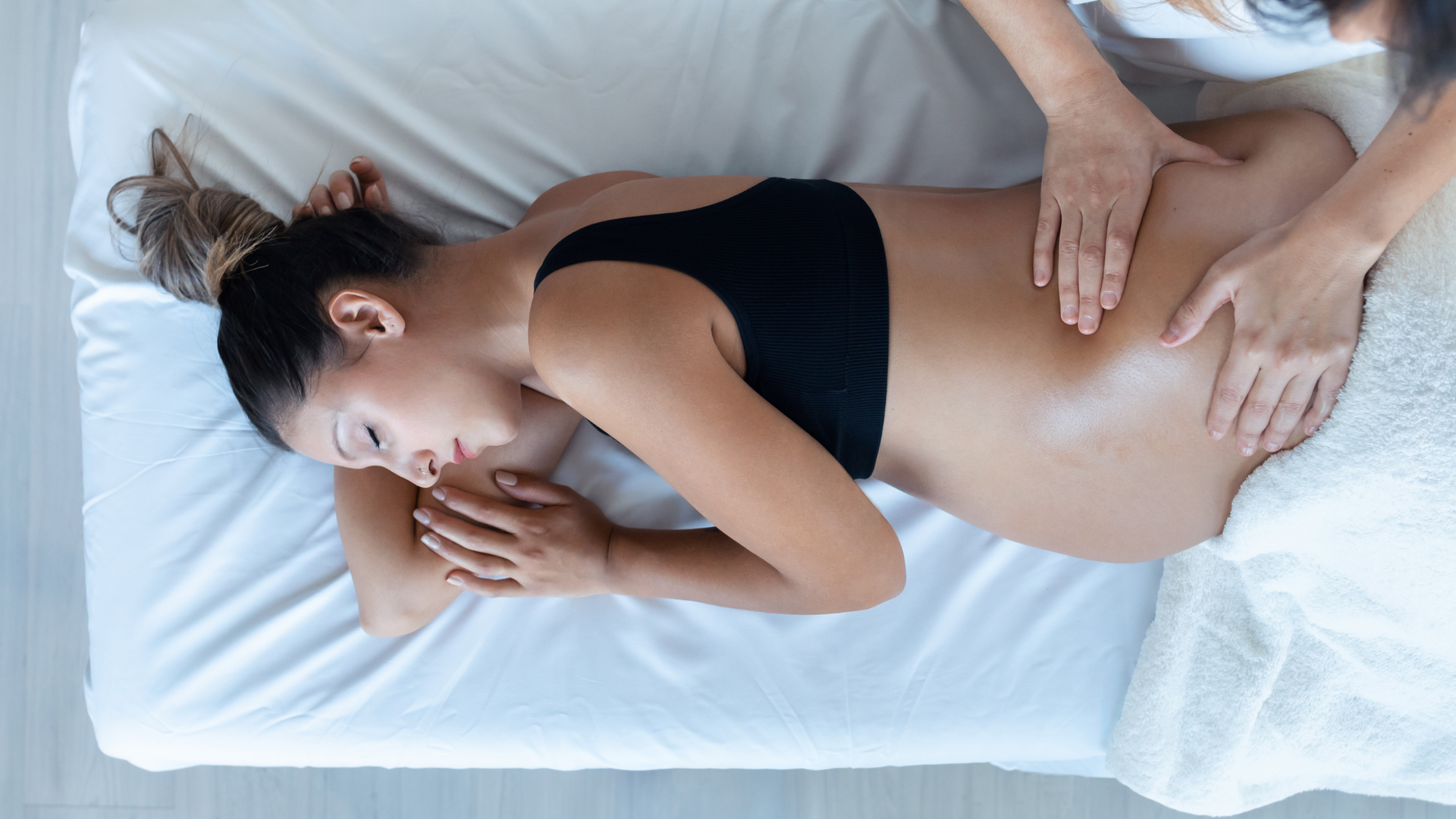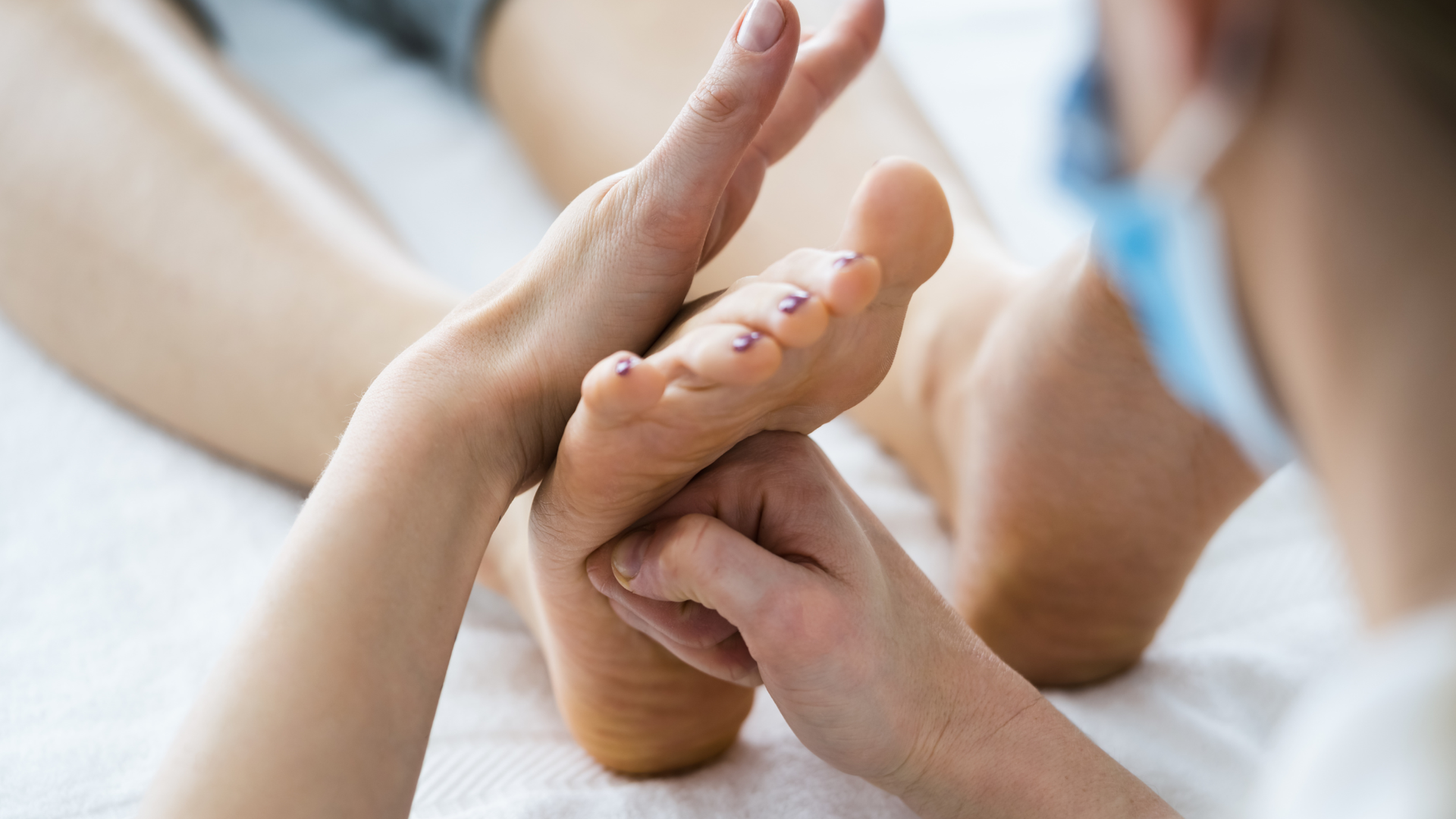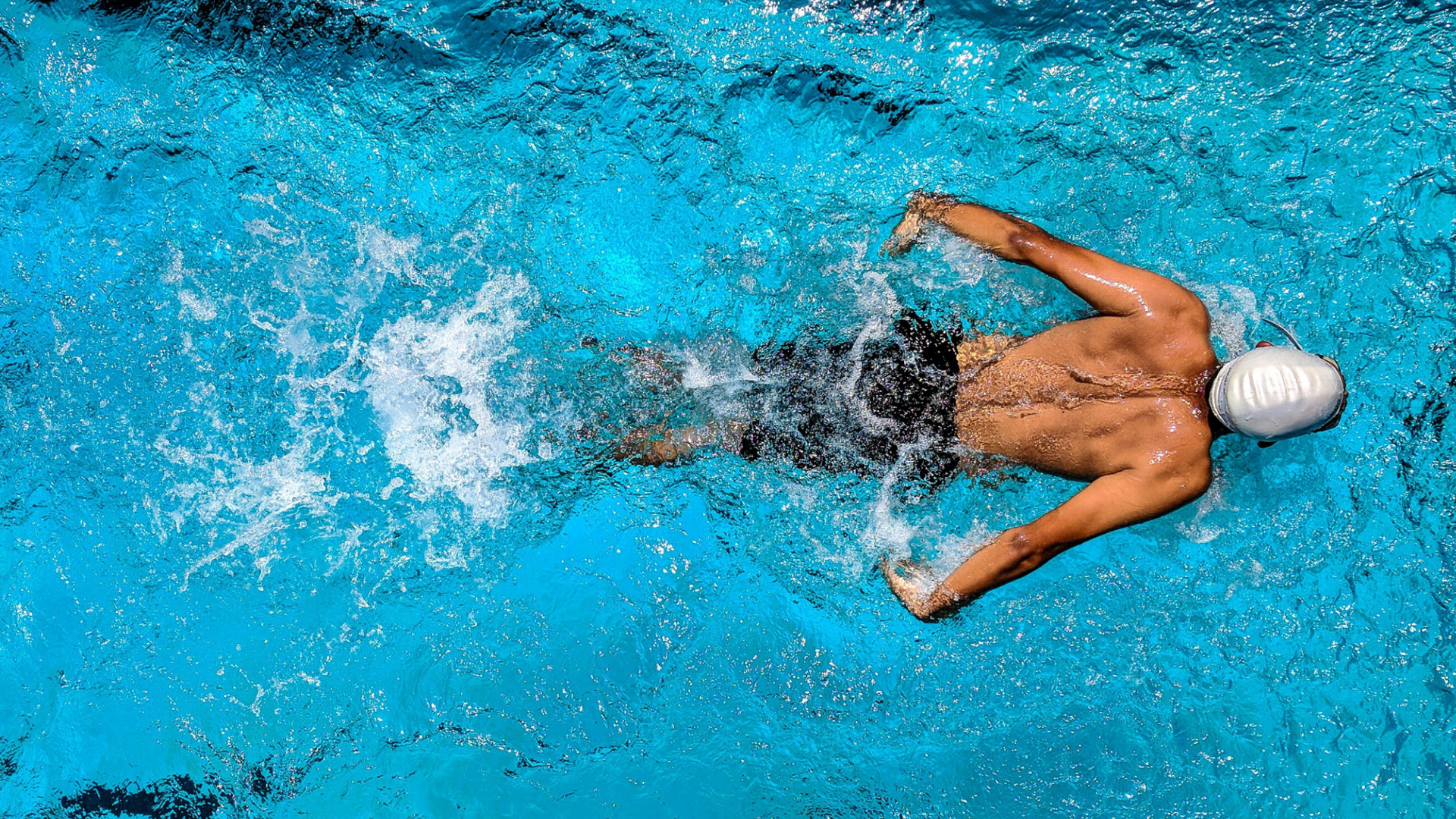Physiotherapy-led Exercise for Endometriosis
The right type of exercise can reduce pain and improve your quality of life with endometriosis.
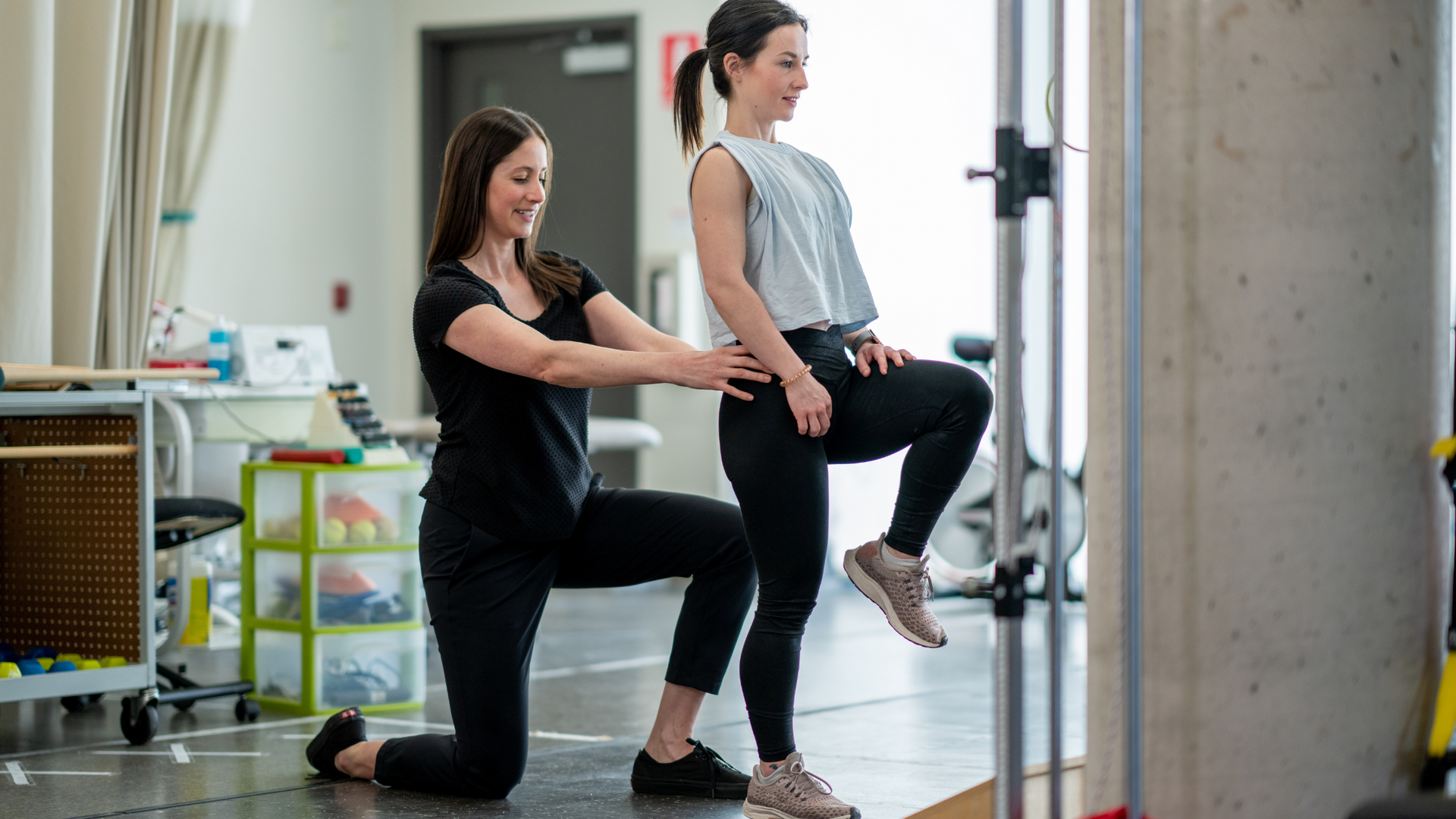
Endometriosis is a common, chronic disease affecting women of child-bearing age in which cells similar to the endometrial tissue that line the uterus grow in other locations in the body.
Affecting approximately 1 million Australian women at some point in their lifetime, endometriosis costs Australia about
$9.7 billion annually in direct healthcare costs and lost productivity.
Endometriosis represents a significant health issue that demands our attention and requires greater exploration and publication of healthcare options, including physiotherapy and therapeutic exercise.
Endometriosis primarily affects the reproductive organs and the pelvic cavity, however it can also affect the bowel and bladder, even the lungs and brain. Endometrial cells infiltrating these areas cause inflammation and the formation of scar tissue and adhesions. Endometriotic lesions have both a blood and nerve supply and it is the latter that causes a main symptom of endometriosis - chronic pelvic pain.
The cause of endometriosis remains unknown. Those people who have a close relative (eg. mother or sister) with endometriosis are 7-10 times more likely to develop the condition. The immune system’s role in breaking down endometrial cells that have entered the pelvis may also be implicated.
Current Management
Current medical management of endometriosis is focused on pharmacological and surgical approaches. This includes the use of pain-relief medicines, hormone therapy, and surgical procedures. When available, Women’s & Pelvic Health Physiotherapists are often involved, utilizing a range of skills including kinesiotherapy, manual therapy, and pelvic floor exercises. This combination therapy approach can be effective when disease is caught early.
Unfortunately, the average time to diagnosis for endometriosis is 6.5 years from onset of symptoms.
As a result, large numbers of women live without a clear diagnosis for many years and develop a broad range of variable symptoms. While treatable, this delay makes eventual management more challenging and prolonged. Even after conventional treatment 20-40% of women report insufficient reduction in pain and reduced health-related quality of life.
A role for exercise in managing endometriosis
Exercise therapy has been shown to be an important component of the management of chronic pelvic pain and part of a holistic approach to managing endometriosis. How does exercise achieve this? When we exercise, our body releases endorphins. These hormones improve our mood, reduce stress levels and, importantly, act as a natural pain killer.
Exercise also has an inhibitory effect on the hormone prostaglandin. During the menstrual cycle, as the endometrial lining starts to break down, prostaglandins are released. During this phase of the menstrual cycle, prostaglandins play a couple of important roles:
- Prostaglandins are an inflammatory mediator and contribute to the normal bodily function of fighting infection and ridding the body of unwanted tissue.
- Prostaglandins cause smooth muscle to contract. Thus, it causes the uterus and blood vessels to contract. If the prostaglandin level is higher, the degree of contraction will be greater.
Women with endometriosis have been found to have higher levels of circulating prostaglandins, possibly contributing to a raised state of ‘inflammation’ and many of the symptoms they experience. During menstruation, prostaglandin levels will be further raised, contributing to symptoms of dysmenorrhea - cramp and pain during the menstrual cycle.
So, exercise makes sense – reduce the level of pain-causing prostaglandins back towards normal, and increase levels of our natural pain killers, the endorphins. But what if exercising itself is painful?
Therapeutic Exercise
Patients with endometriosis commonly present with chronic intermittent or persistent pelvic pain, a factor which can limit participation in traditional land-based exercise (eg. Walking, jogging, cycling and weights programs). On assessment, physiotherapists will commonly identify a weak pelvic floor, often in combination with weak gluteal, abdominal, and lower back muscles – essentially a weak ‘core’.
So how do we get our endorphins flowing if pain is limiting our participation in exercise?
Where persistent pain is limiting land-based activity and core strength is reduced, combination exercise therapy of clinical pilates and hydrotherapy can be hugely beneficial.
Clinical Pilates
Clinical pilates is a form of low-impact exercise delivered by qualified health care professionals with the purpose of addressing disease symptoms and rehabilitation. It differs from general pilates in that it is individualized and prescribed. You can read more about the differences here.
Clinical pilates focuses on the control of body positions and movement. By incorporating breath control, clinical pilates calms the nervous system, reducing stress and relieving symptoms of anxiety and depression. Exercises are either floor-based or involve the use of specialized equipment which provides resistance via springs. The traditional principles of centering, concentration, control, precision, flow, and breathing are incorporated into programs designed to improve muscle strength, control, and flexibility. It is an effective form of exercise for addressing general pelvic floor weakness and for improving core stability and functional strength.
Studies have shown that Clinical pilates programs reduce prostaglandin levels during menstruation and increase levels of endorphins in patients with endometriosis. This results in the reduction of both the frequency and severity of menstrual cramps, a reduction in reported pain and anxiety, and improvements in health-related quality of life questionnaires.
Hydrotherapy
Hydrotherapy is the second part of the equation for people with persistent pelvic pain that find land-based exercising difficult. The purpose of hydrotherapy is to create an environment where low impact strength and aerobic exercise can be undertaken, that is condition specific and physically restorative. Performed in a heated pool, hydrotherapy uses warmth, buoyancy, and hydrostatic pressure to create a weightless supportive environment for the individual to exercise in. The temperature of the water is a key component, encouraging muscle relaxation and cardiac output, and reducing pain.
Hydrotherapy is a great mode of physical activity that helps to relieve symptoms associated with endometriosis while still offering an opportunity to gain the benefits of exercise. The heat of the water helps muscles surrounding the pelvis and lower back to relax, while the buoyancy of the water permits a variety of strengthening and aerobic exercises to be undertaken that may be difficult to complete on land.
The take home
Endometriosis is a challenging disease to manage, with a large spectrum of symptoms. While some people will require specialist intervention, for many, education, advice, and a supportive management plan that incorporates suitable exercise will make a significant difference to day-to-day symptoms. Hydrotherapy and clinical pilates are cheap, accessible, non-invasive, and effective options that can reduce pain associated with endometriosis and contribute to improvements in health-related quality of life.
Do you have endometriosis and want a non-invasive, exercise-based option to help manage your pain?
Give us a call.
At Movement for Life Physiotherapy, we understand pelvic pain. We are part of an extensive network of health professionals in Darwin and the Top End. Our caring, empathetic, professional clinicians individualise treatment approaches based on your goals, help reduce chronic pain, and improve health-related quality of life.
Through movement and education, we'll help get you back to the things you love sooner.
For more information and appointments, please contact us on 08 8945 3799 or book online.
Sources
- Chowdhury, R. S., Islam, M. D., Akter, et al. (2021). Therapeutic aspects of hydrotherapy: a review. Bangladesh Journal of Medicine, 32(2), 138-141.
- Jean Hailes Foundation. https://www.jeanhailes.org.au/health-a-z/endometriosis, accessed 5th March 2024.
- Juhn, S. K., Jung, M. K., Hoffman, M. D., Drew, B. R., Preciado, D. A., Sausen, N. J., Jung, T. T., Kim, B. H., Park, S. Y., Lin, J., Ondrey, F. G., Mains, D. R., & Huang, T. (2008). The role of inflammatory mediators in the pathogenesis of otitis media and sequelae. Clinical and experimental otorhinolaryngology, 1(3), 117–138. https://doi.org/10.3342/ceo.2008.1.3.117
- Lausen, A., Marsland, L., Head, S., Jackson, J., & Lausen, B. (2018). Modified Pilates as an adjunct to standard physiotherapy care for urinary incontinence: A mixed methods pilot for a randomised controlled trial. BMC Women’s Health, 18(1), 16. https://doi.org/10.1186/s12905-017-0503-y
- Song, B. H., & Kim, J. (2023). Effects of Pilates on Pain, Physical Function, Sleep Quality, and Psychological Factors in Young Women with Dysmenorrhea: A Preliminary Randomized Controlled Study. Healthcare, 11(14), 2076. https://doi.org/10.3390/healthcare11142076
- Ricciotti, E., & FitzGerald, G. A. (2011). Prostaglandins and inflammation. Arteriosclerosis, thrombosis, and vascular biology, 31(5), 986–1000. https://doi.org/10.1161/ATVBAHA.110.207449
- Sprouse-Blum, A. S., Smith, G., Sugai, D., & Parsa, F. D. (2010). Understanding endorphins and their importance in pain management. Hawaii medical journal, 69(3), 70–71
- Tennfjord, M. K., Gabrielsen, R., & Tellum, T. (2021). Effect of physical activity and exercise on endometriosis-associated symptoms: a systematic review. BMC women's health, 21(1), 1-10.
- Wells, C., Kolt, G. S., & Bialocerkowski, A. (2012). Defining Pilates exercise: A systematic review. Complementary Therapies in Medicine, 20(4), 253–262. https://doi.org/10.1016/j.ctim.2012.02.005
- Wójcik, M., Szczepaniak, R., & Placek, K. (2022). Physiotherapy management in endometriosis. International Journal of Environmental Research and Public Health, 19(23), 16148.
